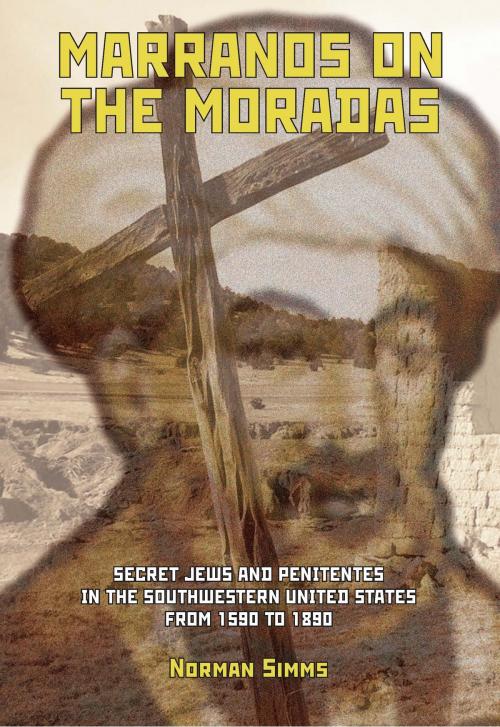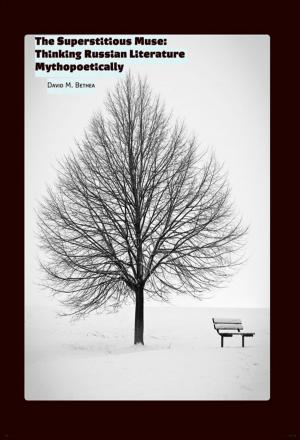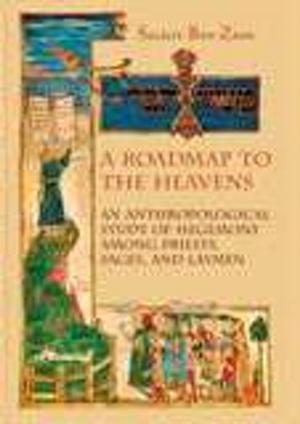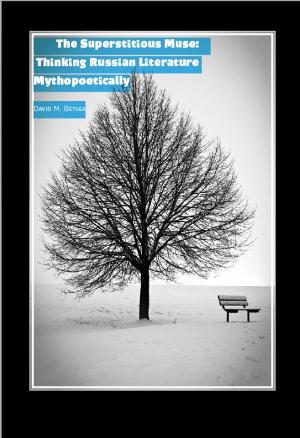Marranos on the Moradas: Secret Jews and Penitentes in the Southwestern United States
Nonfiction, Social & Cultural Studies, Social Science, Sociology, Marriage & Family| Author: | Norman Simms | ISBN: | 9781618110329 |
| Publisher: | Academic Studies Press | Publication: | January 1, 2009 |
| Imprint: | Academic Studies Press | Language: | English |
| Author: | Norman Simms |
| ISBN: | 9781618110329 |
| Publisher: | Academic Studies Press |
| Publication: | January 1, 2009 |
| Imprint: | Academic Studies Press |
| Language: | English |
Two groups were persecuted over the course of four hundred years in what is now the southwestern United States, each dissimulating and disguising who they truly were. Both now declare their true identities, yet raise hostility. The Penitentes are a lay Catholic brotherhood that practices bloody rites of self-flagellation and crucifixion, but claim this is a misrepresentation and that they are a community and a charitable organization. Marranos, an ambiguous and complicated population of Sephardic descendants, claim to be anousim. Both peoples have a complex, shared history. This book disentangles the web, redefines the terms, and creates new contexts in which these groups are viewed with respect and sympathy without idealizing or slandering them. Simms uses rabbinics, literary analyses, psychohistory, and cultural anthropology to consolidate a history of mentalities.
Two groups were persecuted over the course of four hundred years in what is now the southwestern United States, each dissimulating and disguising who they truly were. Both now declare their true identities, yet raise hostility. The Penitentes are a lay Catholic brotherhood that practices bloody rites of self-flagellation and crucifixion, but claim this is a misrepresentation and that they are a community and a charitable organization. Marranos, an ambiguous and complicated population of Sephardic descendants, claim to be anousim. Both peoples have a complex, shared history. This book disentangles the web, redefines the terms, and creates new contexts in which these groups are viewed with respect and sympathy without idealizing or slandering them. Simms uses rabbinics, literary analyses, psychohistory, and cultural anthropology to consolidate a history of mentalities.















